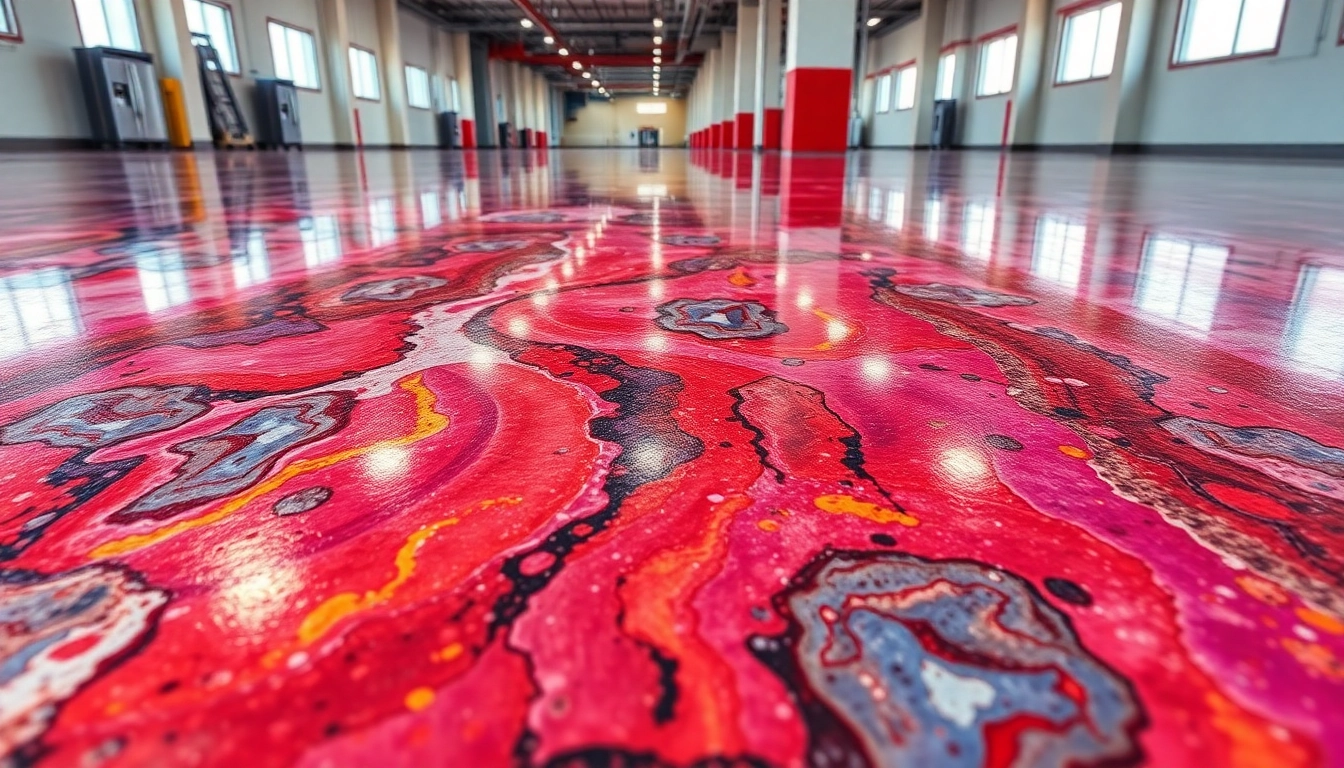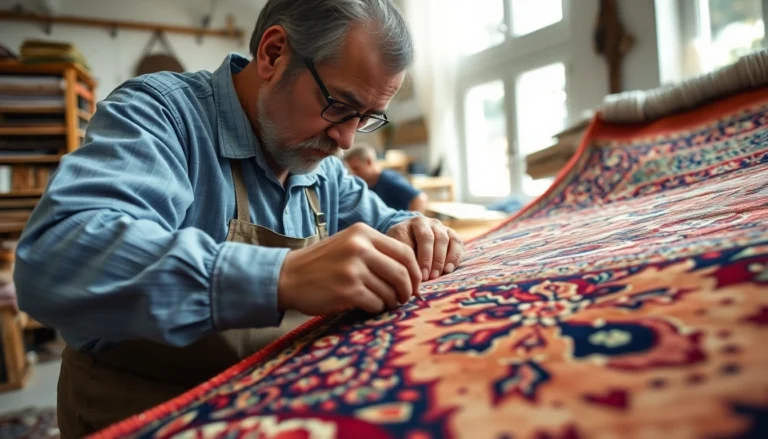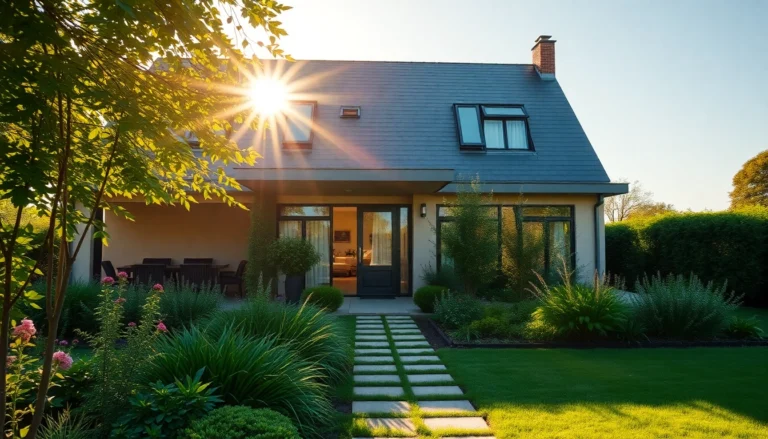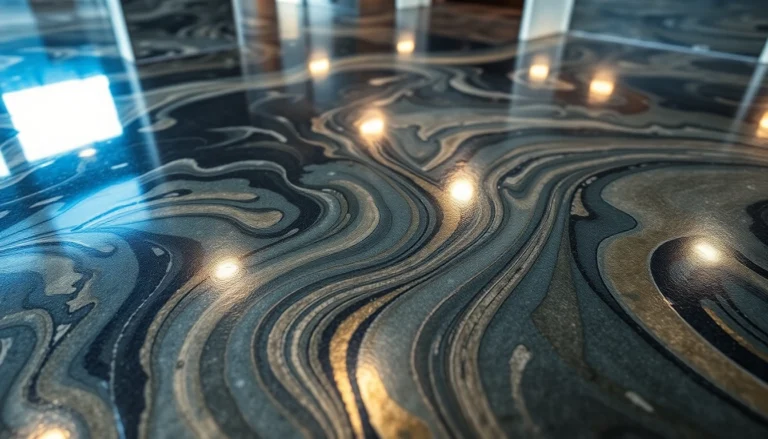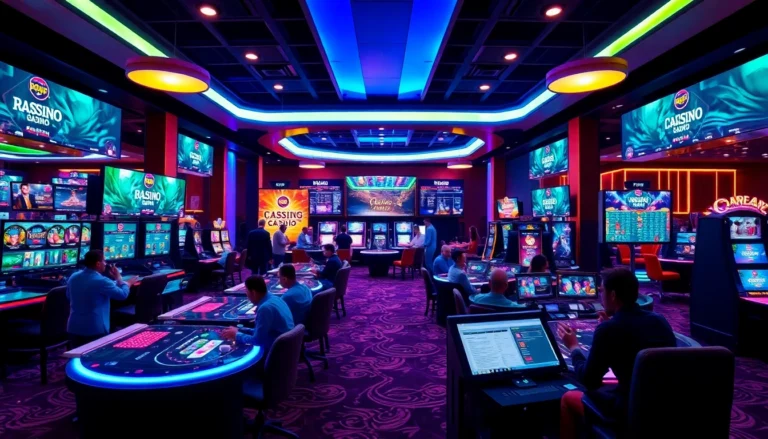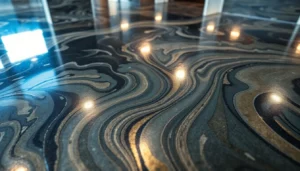Understanding Epoxy Resin Floor Technology
Basics of Epoxy Resin Floors and Composition
Epoxy resin floors are engineered surfaces renowned for their durability, aesthetic appeal, and exceptional resistance to wear and chemicals. At their core, these floors consist of a two-part system: an epoxy resin component and a hardener. When combined, they undergo a chemical reaction known as curing, transforming into a hard, rigid material with a seamless, glossy finish. This unique composition allows epoxy floors to bond strongly to a variety of substrates, predominantly concrete, making them ideal for both industrial and residential environments.
The primary constituents of epoxy resin floors include epoxy resin or oligomers, curing agents, fillers, pigments for coloring, and various additives to improve UV stability, flexibility, or slip resistance. Some formulations utilize 100% solids epoxies—these have minimal VOC emissions and cure to a thicker, more durable coating—while others include solvent-based options. Proper understanding of these components is critical for selecting the right epoxy system tailored to your project’s specific demands.
Benefits of Epoxy Floors in Commercial and Residential Settings
Epoxy resin floors offer a multitude of advantages that make them a preferred choice across diverse applications. Their seamless surface imparts a sleek, professional appearance that can significantly enhance a space’s visual appeal. They are highly resistant to chemicals, making them perfect for laboratories, garages, and manufacturing plants, where exposure to oils, solvents, and acids is common.
In addition, epoxy floors provide excellent impact and abrasion resistance, ensuring longevity in high-traffic areas. Their ease of maintenance—requiring only regular sweeping and occasional mopping—reduces upkeep costs. The customizable nature of epoxy allows for a variety of colors, textures, and effects, supporting design flexibility. For residential environments, epoxy can transform basements, kitchens, or playrooms into durable, vibrant spaces, whereas in commercial settings, they stand up to the rigors of daily operations while offering pristine, professional aesthetics.
Types of Epoxy Resins and Their Suitable Applications
The epoxy market features a spectrum of formulations tailored to specific needs. The most common types include:
- Self-Leveling Epoxies: These create smooth, even surfaces ideal for garage floors, showrooms, and retail spaces. Their flowable consistency ensures minimal pinholes and surface imperfections.
- Edit Grit or Trowel Grade Epoxies: Thicker formulations suitable for creating textured finishes, anti-slip surfaces, or patching damaged areas.
- Solid Epoxies: 100% solids epoxies provide maximum thickness and durability, often used in industrial environments.
- Non-Solvent or Water-Based Epoxies: These are environmentally friendly options with lower VOC emissions, suitable for residential projects.
Choosing the appropriate epoxy type depends on the application requirements—whether the focus is on aesthetics, chemical resistance, thickness, or ease of application. For example, a self-leveling epoxy is perfect for creating a sleek marble effect, while a trowel-grade epoxy might be necessary for anti-slip stairs.
Design Options and Customization for Epoxy Resin Floors
Color, Texture, and Finish Variations
One of the most appealing aspects of epoxy resin flooring is its extensive customization potential. Epoxy coatings can be tinted with virtually any color, from subtle neutrals to bold, vibrant shades, allowing you to match or accent your interior or exterior design schemes. Texture options vary from smooth, mirror-like finishes to matte or textured surfaces, which can also incorporate anti-slip aggregates for safety.
Finishing techniques include Gloss, Satin, or Matte, depending on the desired visual effect and functional requirements. A high-gloss finish amplifies vibrancy and light reflection, making spaces appear larger and more luminous. Conversely, matte finishes can hide surface imperfections and reduce glare.
Creating Marble and Metallic Effects with Epoxy
Advanced epoxy formulations enable stunning visual effects, such as marble veining and metallic marbling. These effects are achieved using pigmented epoxy layers combined with artistic techniques like feathering, swirling, or embedding metallic pigments. The result is a luxurious, bespoke surface that mimics natural stone or metallic sheen, perfect for upscale commercial or residential applications.
For example, a marble epoxy floor involves laying down a base color, then creating vein-like patterns with contrasting hues using fine brushes or spatulas, culminating in a clear topcoat for depth and gloss. Metallic-pigmented epoxies lend a dynamic, shimmering appearance—ideal for modern designs aiming for an eye-catching focal point.
Installation and Maintenance Best Practices
Step-by-step Guide to DIY Epoxy Floor Application
While professional installation ensures optimal results, a well-planned DIY approach is feasible for motivated individuals. The process begins with thorough surface preparation: cleaning the concrete, removing existing coatings, repairing cracks, and etching or etching with mechanical methods to create a rough profile for bonding.
Applying the epoxy involves mixing the resin and hardener precisely according to the manufacturer’s instructions. The mixture is then poured and spread evenly using rollers or squeegees, starting from the furthest point to the exit. Thin, even coats are critical to avoid bubbles and uneven curing.
Adequate curing time—typically 24-72 hours depending on environmental conditions—is essential before foot traffic. Applying additional layers, such as decorative flakes or topcoats, should follow subsequent curing periods.
Professional Installation Tips for Longevity and Finish
Professionals emphasize precise surface preparation, optimal temperature (usually 10-30°C), and humidity control during application. Using high-quality epoxy systems and proper mixing techniques prevents common issues like bubbling, peeling, or uneven curing. Vacuum degassing or employing applicator rollers with built-in bubble release can enhance surface smoothness.
Post-application, a high-quality topcoat enhances UV stability and chemical resistance, especially for outdoor projects. Regular inspections for cracks or chips, prompt repairs, and routine cleaning help maintain epoxy floors’ pristine appearance and performance over decades.
Care Tips and Routine Maintenance for Durability
To prolong the life of your epoxy floor, employ routine cleaning practices that avoid harsh chemicals which could degrade the surface. Use pH-neutral cleaners and soft brushes or mops. Place mats at entrances to minimize dirt and grit abrasion, and seal off heavy machinery or equipment with protective mats to reduce damage.
Periodic reapplication of topcoats or resealing can rejuvenate surface gloss and extend functional lifespan. For stained or damaged areas, professional refinishing can restore appearance with minimal disruption.
Performance Metrics and Quality Assurance
Assessing Chemical and Impact Resistance
The durability of epoxy floors is primarily evaluated through their resistance to chemical spills, impacts, and abrasion. Industry standards specify test methods such as ASTM impact tests and chemical immersion protocols to quantify performance. High-quality epoxy systems typically withstand acids, alkalis, and solvents without degradation, maintaining their integrity in demanding environments.
For instance, a chemical-resistant epoxy applied in a manufacturing setting may withstand daily exposure to oils and detergents, while impact resistance ensures that dropped tools do not cause chipping or cracking.
Longevity and Wear Performance Expectations
Properly installed epoxy floors can last 10-20 years or more, with their lifespan influenced by foot or vehicular traffic, environmental conditions, and maintenance. A well-maintained epoxy surface exhibits minimal wear, retaining its aesthetic and protective qualities even under high stress. Industrial-grade epoxy systems can surpass standard use cases, offering even greater longevity.
Cost-Effectiveness and Value Over Time
Despite an initial investment ranging roughly from $3 to $12 per square foot, epoxy floors provide excellent value through their longevity, low maintenance, and resistance to costly repairs. Their ability to transform a dull concrete base into a resilient, attractive surface adds to property value, reduces replacement frequency, and minimizes ongoing upkeep costs.
Choosing the Best Epoxy Resin Floor Products
Comparing Top Brands and Kits
When selecting epoxy products, reputable brands such as Rockhard USA or EPODEX offer comprehensive kits with high solids content, proven chemical resistance, and ease of application. These kits typically include all necessary components, detailed instructions, and safety guidelines, reducing the risk of application errors.
When comparing, consider ratings, VOC content, curing time, and compatibility with your surface and environment. Reading consumer reviews and consulting with industry professionals can guide you toward a system that aligns with your durability, aesthetics, and budget goals.
Features to Look for in High-Performance Epoxy Products
- High solids content (above 90%) for durability
- UV stabilization for outdoor applications
- Low VOC emissions for environmental safety
- Ease of mixing and application
- Good chemical and impact resistance
- Compatibility with decorative pigments or effects
How to Select a Suitable Epoxy System for Your Project
Critical factors in selecting an epoxy system include the application environment (indoor vs outdoor), traffic volume, exposure to chemicals, and desired finish. For example, a garage with frequent vehicle movement benefits from a high-traffic, abrasion-resistant epoxy, while a basement might prioritize aesthetics and moisture resistance.
Consulting with suppliers or professionals, understanding product specifications, and testing small samples can ensure the selected epoxy system meets your expectations for performance and visual impact.
